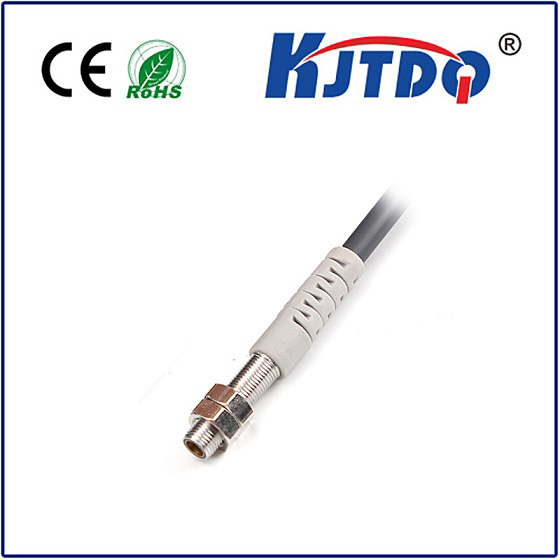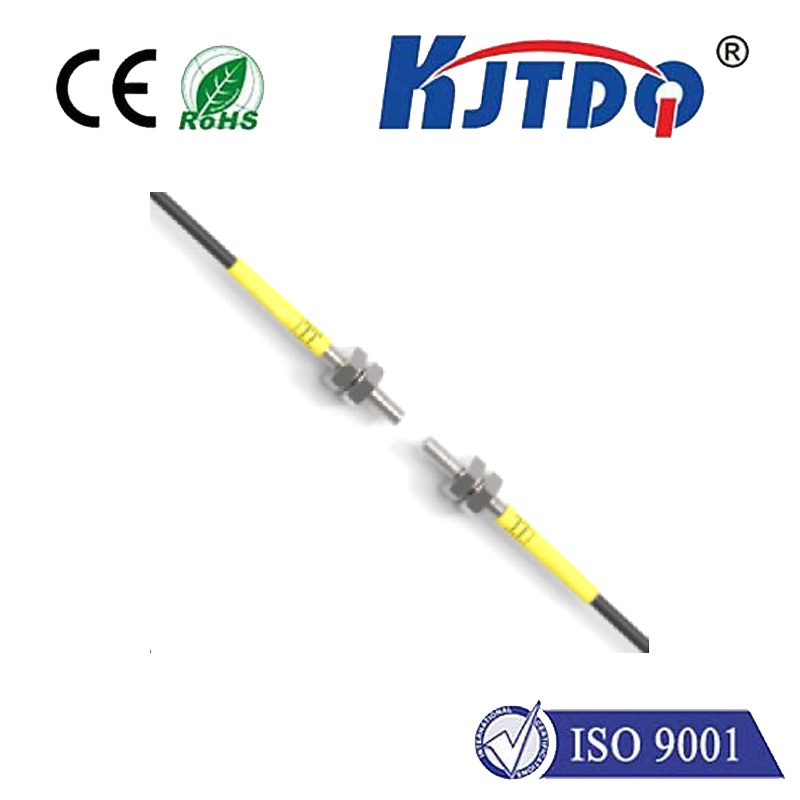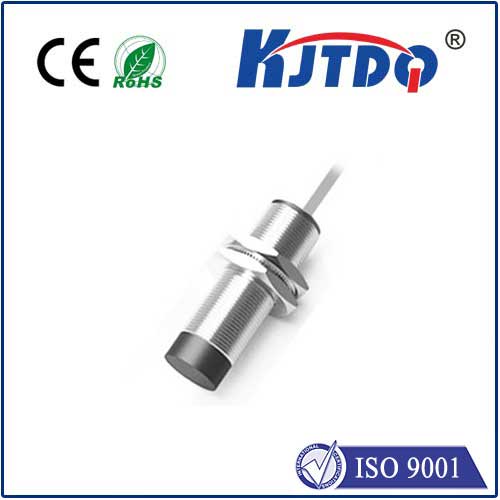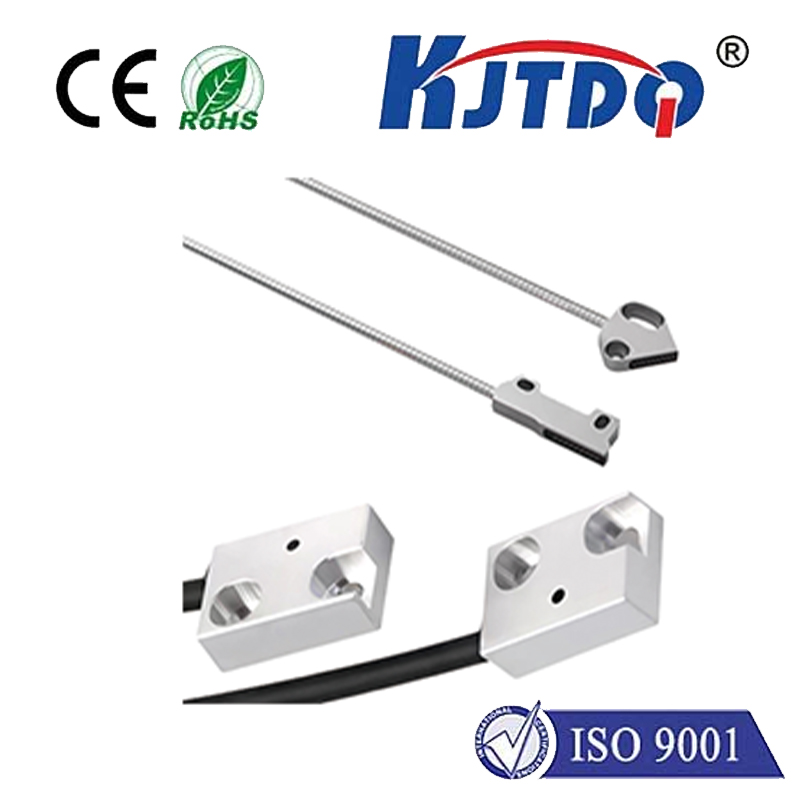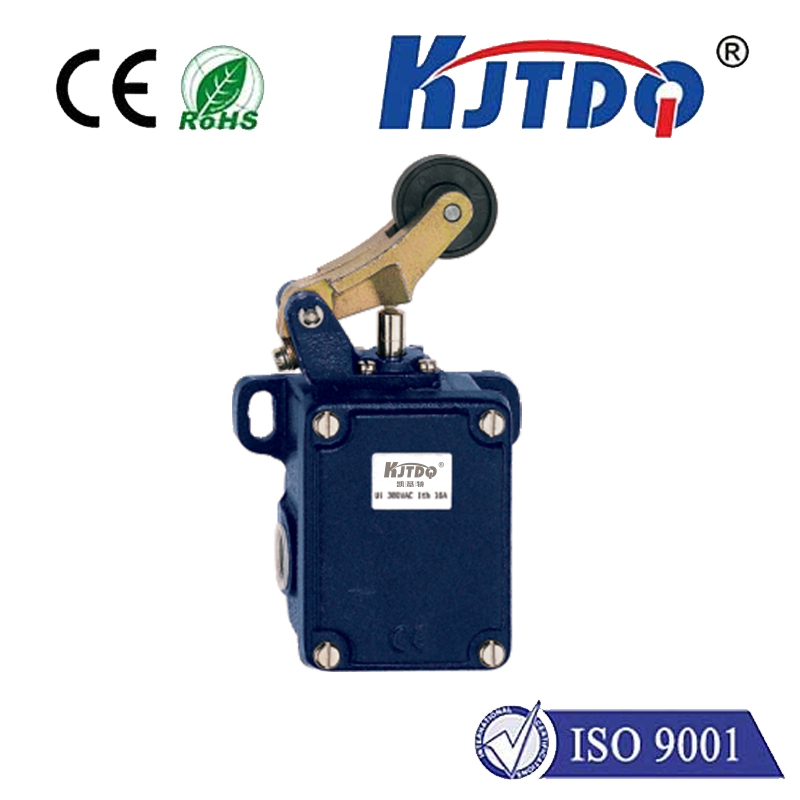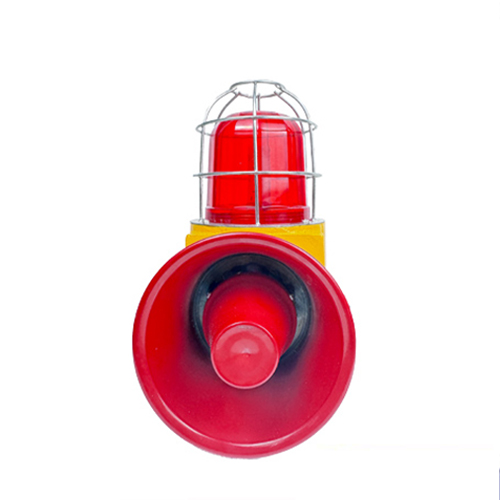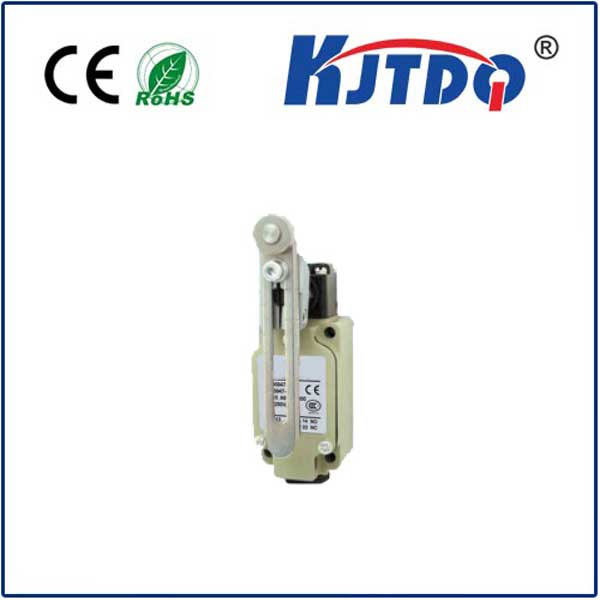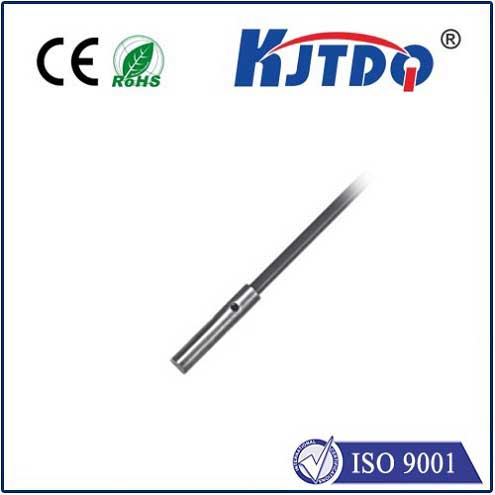5m proximity sensors
- time:2025-09-06 05:52:18
- Click:0
5m Proximity Sensors: Mastering Long-Range Detection for Smarter Operations
Imagine a bustling warehouse where autonomous guided vehicles (AGVs) navigate narrow aisles at speed, or a large automated storage and retrieval system (ASRS) where components move seamlessly overhead. Now, picture the critical need to prevent collisions, ensure precise positioning of bulky items, or trigger safety measures well before potential impact occurs. This is where 5m proximity sensors step onto the stage, transforming proximity detection from close-quarters safety into a strategic tool for efficiency and reliability across larger operational spaces.
Unlike their shorter-range counterparts often used for detecting immediate contact or very close objects (millimeters to a meter), 5m proximity sensors excel at non-contact object detection at distances previously challenging for standard inductive or capacitive sensors. This extended reach unlocks a wealth of applications demanding early warning, position verification, or presence monitoring across wider areas, significantly enhancing both safety protocols and process automation.
How They Bridge the Distance Gap
The ability to reliably detect objects at 5 meters is fundamentally tied to the underlying sensing technology. While standard inductive sensors struggle beyond a few centimeters with metals, and capacitive sensors manage slightly more but are highly sensitive to environmental changes, achieving consistent 5m detection requires different principles:

- Ultrasonic Sensors: These emit high-frequency sound waves and measure the time taken for the echo to return. Their effectiveness at longer ranges (like 5m) makes them a popular choice. They detect various materials (solid, liquid, granular) and are relatively immune to color, transparency, or ambient light. However, their performance can be affected by temperature gradients, air turbulence, and very soft or absorbent surfaces.
- Photoelectric Sensors (Long-Range Variants): Specifically designed through-beam or reflective sensors with powerful optics and focused beams can achieve 5m detection. Through-beam (sender/receiver separate) generally offers the longest, most reliable long-range detection. Reflective types (with a reflector) also achieve 5m, while background suppression (BGS) variants might reach shorter distances. Their performance can be influenced by target color, reflectivity, dust, fog, or intense ambient light.
- Microwave Sensors: Operating on radar principles, these emit microwave energy and detect reflections. They excel at long ranges (well beyond 5m) and are highly effective even in challenging environments like dust, fog, or light rain – environments where optical sensors might falter. However, they can be more sensitive to conductive materials and might require careful tuning to avoid detecting unwanted objects or surfaces.
Choosing the Right 5m Champion: Key Specifications Matter
Selecting a sensor isn’t just about the headline range. Several critical factors determine suitability:
- Detection Range: Naturally, the 5m rating is the starting point. Ensure the sensor reliably detects your target material at the required maximum distance under typical operating conditions. Consider minimum detection distance too.
- Target Material & Properties: What are you detecting? Metal crates, plastic totes, wooden pallets, a person? Different technologies have varying sensitivities. Ultrasonic handles diverse materials well, photoelectric depends on reflectivity, microwave favors metallic/water-containing objects.
- Environmental Conditions: Is the environment dusty, humid, prone to temperature swings, exposed to rain, or filled with steam? Ultrasonic can be affected by temp and wind, photoelectric by dust/fog/ambient light, Microwave is generally more robust here. IP Rating (Ingress Protection) is crucial – look for IP67 or higher for harsh industrial settings.
- Response Time & Switching Frequency: How quickly does the sensor need to react? High-speed processes demand fast sensors. Check the sensor’s specified response time and maximum switching frequency.
- Output Type & Configuration: Does your application require a simple on/off signal (PNP/NPN transistor, relay), an analog output (e.g., 4-20mA, 0-10V indicating distance), or an IO-Link connection for advanced diagnostics and parameterization? Output configuration (NO/NC) is also vital for control logic.
- Beam Pattern & Size: Consider the beam width or sensing field pattern. A narrow beam is precise for small targets at distance but harder to align. A wider beam is easier to use but might detect unwanted objects. Some sensors offer adjustable sensitivity to fine-tune the detection zone.
Where 5m Detection Makes a Tangible Difference
The applications for 5m proximity sensors are diverse and impactful:
- Warehousing & Logistics: Monitoring pallet positions on high racks, detecting the presence of large containers on conveyors well before merging points, safeguarding AGV paths by detecting obstacles or people in lengthy corridors, confirming truck docked positions. The extended reach allows systems to react proactively.
- Material Handling: Controlling the movement of cranes, hoists, and gantries by detecting end-of-travel positions or potential collision zones over large areas. Checking load presence on large platforms or before automated unloading.
- Parking & Access Control: Detecting vehicle presence in long entry/exit lanes, triggering barriers or signage at a safe distance, or monitoring large parking bays.
- Large Machinery Safety: Establishing large safety perimeters around hazardous machinery (e.g., robotic cells, presses, large CNC machines) where personnel need to be detected well before they enter the immediate danger zone. Often part of a layered safety system.
- Agriculture & Bulk Material Handling: Monitoring levels in large silos or bins, detecting the position of large equipment like harvesters, or controlling gates on long conveyor runs transporting grain, feed, or minerals.
- Infrastructure & Building Automation: Controlling lighting in large halls based on occupancy detection over a wide area, monitoring door/window positions in large structures, or detecting vehicles approaching toll booths or gates.
Leveraging the Power of Distance
Implementing 5m proximity sensors effectively means moving beyond simple object detection to enabling smarter, safer, and more efficient systems. Their ability to provide reliable presence and position information over significant distances allows for:
- Enhanced Safety: Providing earlier warnings for machinery or vehicles, creating larger buffer zones.
- Improved Process Flow: Enabling smoother coordination of moving parts and automated sequences over greater areas.
- Reduced Downtime: Preventing collisions and jams before they occur, triggered by detection at a safe distance.
- Greater Operational Insight: Offering data on object positions and movement patterns across larger sections of a facility.
Choosing the right technology (Ultrasonic, Photoelectric, Microwave) based on the specific target, environment, and required functionality is paramount. Carefully evaluating specifications like target material compatibility, environmental resilience (IP rating), response time, and output type ensures the 5m proximity sensor integrates seamlessly and delivers robust performance, becoming an indispensable component in optimizing large-scale automation and safety systems.






